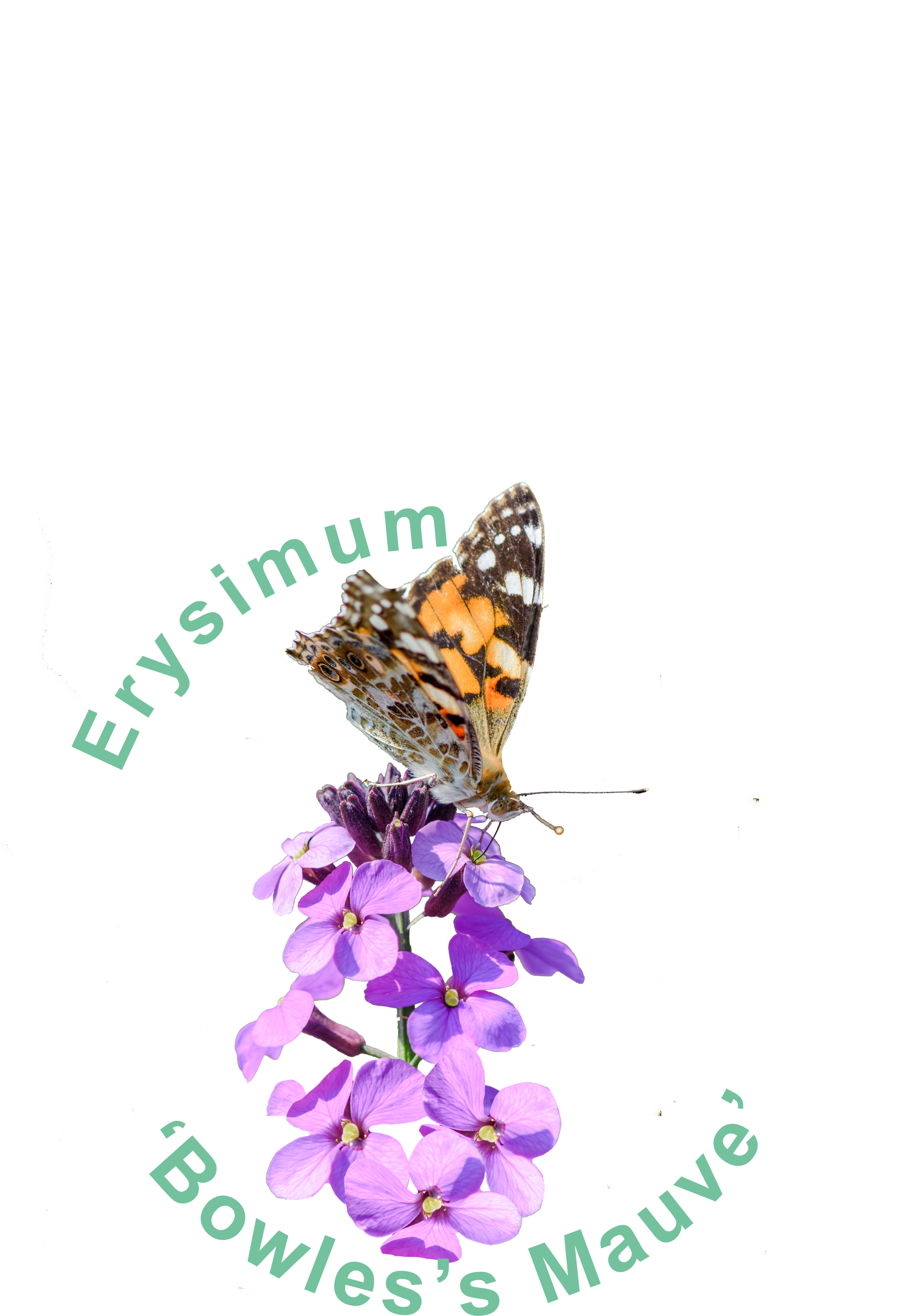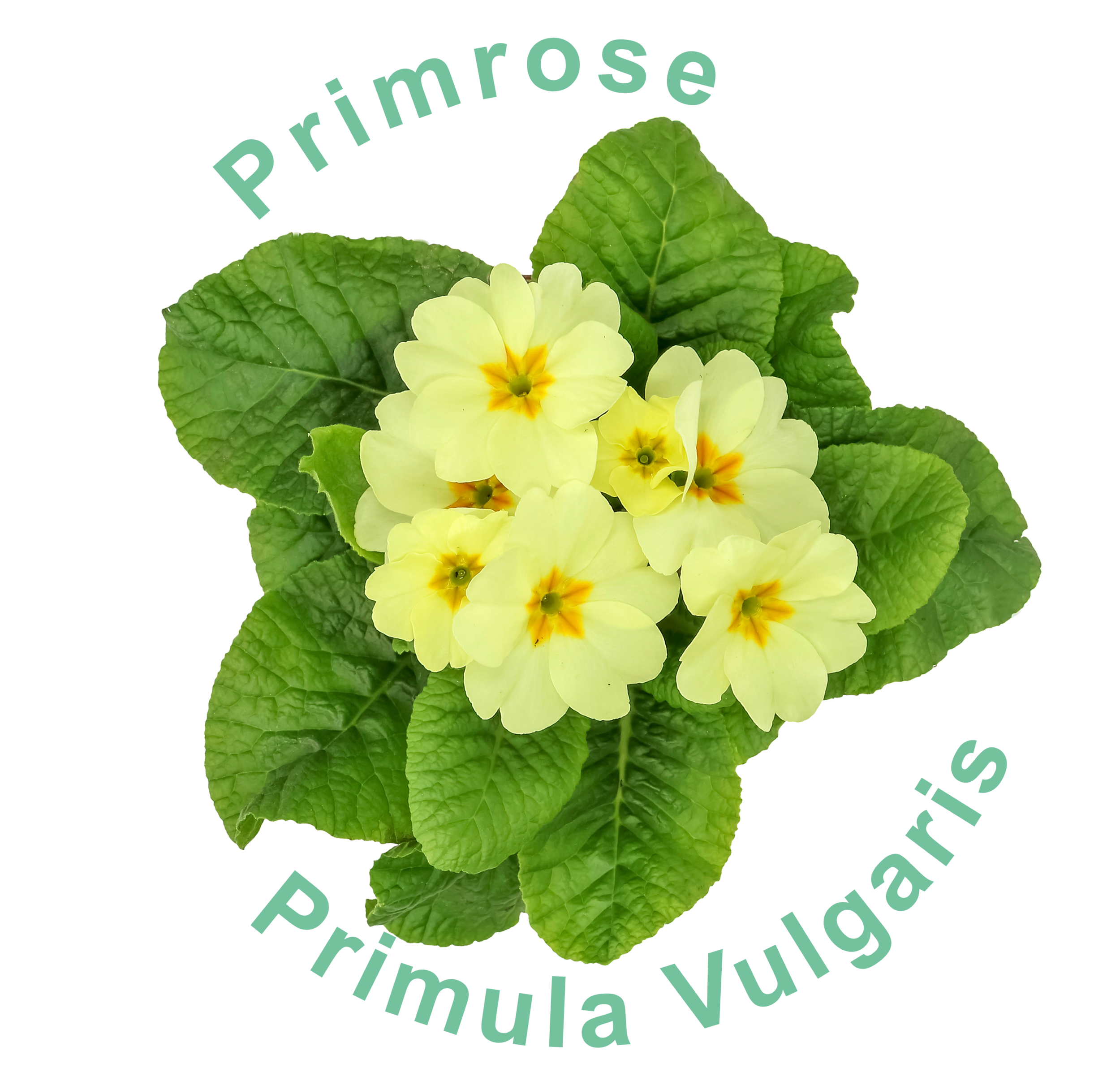Attracting wildlife with Kate Bradbury
Bees, butterflies and moths and other pollinators are vital for entire ecosystems as they help plants reproduce by transferring pollen from one plant to another.
These mini heroes depend flowering plants for food (nectar) and we can give them a helping hand and brighten up our garden at the same time by:
Planting nectar-rich flowers. Nearly all flowering plants produce nectar, but some flowers have been bred to grow extra petals, so insects can’t reach their nectaries. Look out for bee-friendly or pollinator-friendly when choosing seeds or ask at your local garden centre for advice.
Growing caterpillar foodplants. Besides planting nectar-rich flowers, we can all support birds and wildlife by planting caterpillar foodplants - plants that adult females use to lay eggs on, and their caterpillars depend on to grow into an adult butterfly or moth.
“By planting nectar-rich flowers and caterpillar foodplants we can all do something to support bees, butterflies and moths who need our help”
Three winning plants that butterflies will love
Erysium, Geranium and Oregano are drought-tolerant, easy to grow plants that are busy with pollinators as soon as they start to bloom. They’re suitable for growing in pots or a window box, and they will provide a long season of nectar and pollen for many species of butterfly. All three plants will be fine growing together in a 50cm diameter pot or equivalent window box in the first year, but you may need to find more space for the Erysimum after a couple of years.
Plant in peat-free, multipurpose compost and keep well-watered. These plants are perennials meaning that they’ll die down in the autumn and come back in Spring.
A lovely plant that will flower all year round. Sterile, it doesn’t produce pollen, but its nectar-rich flowers are loved by butterflies.
Grow in a standard window box or container. This is the largest of the three plants and will eventually need more space than the other two plants.
May flower all year round - remove dead flowers to keep it blooming.
A gorgeous, compact geranium that doesn’t take over. Grow it at the front of your pot or window box so its flowers can trail and spill over the sides.
Plant in peat-free, multipurpose compost and keep well-watered.
Oregano or wild marjoram are one of the best plants for nectar if you’re a hungry butterfly.
While you can harvest the leaves to add to tomato sauces and pizzas, make sure you let the flowers develop. The butterflies will love you.
Attracting birds to your garden
Caterpillars are an essential source of food for baby birds. Did you know that one baby blue tit needs to eat 100 caterpillars a day for three weeks? And did you know that most blue tits nests in urban areas fail, because of a lack of caterpillars? While native shrubs and trees such as hawthorn, birch and oak are the best source of caterpillars over a long period, we can all grow more caterpillar foodplants – and there’s plenty that will grow happily in a pot or window box!
Plants such as forget-me-not, foxglove, primrose and some herbs will attract a few types of egg-laying moth, and if you have a bit more space then you might want to consider a nettle patch or even a hawthorn, which will eventually grow into a small shrub or tree. Don’t worry about the leaves being nibbled. While some caterpillars have a reputation for stripping plants of their leaves, most merely nibble the edges and you’ll barely notice they’re there.
So what are you waiting for? Your baby blue tits need you!
Spring-flowering primrose is barely noticed after its blooms have faded, but many species of moth will use its leaves to lay eggs. Look out for small caterpillars which fold a piece of leaf over themselves for protection. These are easy to grow from seed.
Thyme is a Mediterranean herb which you can use in cooking, but which also attracts egg-laying butterflies and moths. While it’s the foodplant for the large and common blue butterflies, these are unlikely to visit your container. However, several moth species – including the lovely mint moth – may take advantage of the leaves on offer, while pollinators will also flock to the blooms for nectar. Grab as a young plant from your local garden centre.
I once watched a great tit hover over a clump of forget-me-not and then dive in, returning a few seconds later with a huge fat green caterpillar. While this perennial flowers in spring it remains an important source of leaves for a wide range of moth species. Biennial, it will die after flowering but will self-seed readily so don’t be too ready to cut back the spent flowers. These are easy to grow from seed.
All of these plants are pretty, low-growing perennials (plants that live more than two years) perfect for growing in a pot or window box, either individually or together. They have lovely flowers and make an attractive display. But their leaves are also used by moths to start the next generation, meaning they have pack quite a punch for wildlife in a small spot.
Don’t worry about the plants dying or being ravaged by caterpillars – they are robust and can cope well with being nibbled. Think of these plants as a mini foodchain: study the leaves, look for caterpillars and watch them grow – and be prepared to feel proud when a blue tit finds one and takes it to feed its chick.








